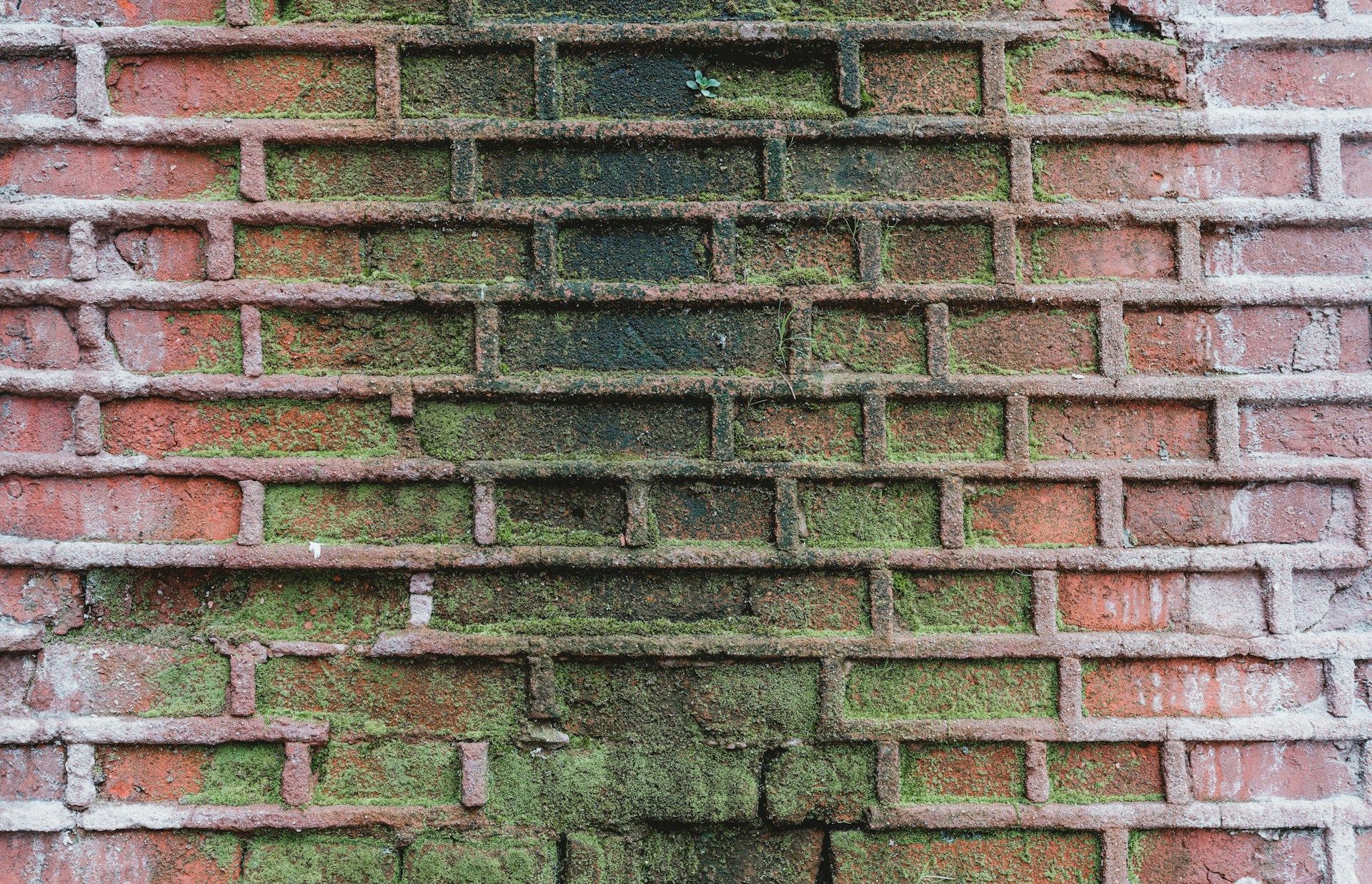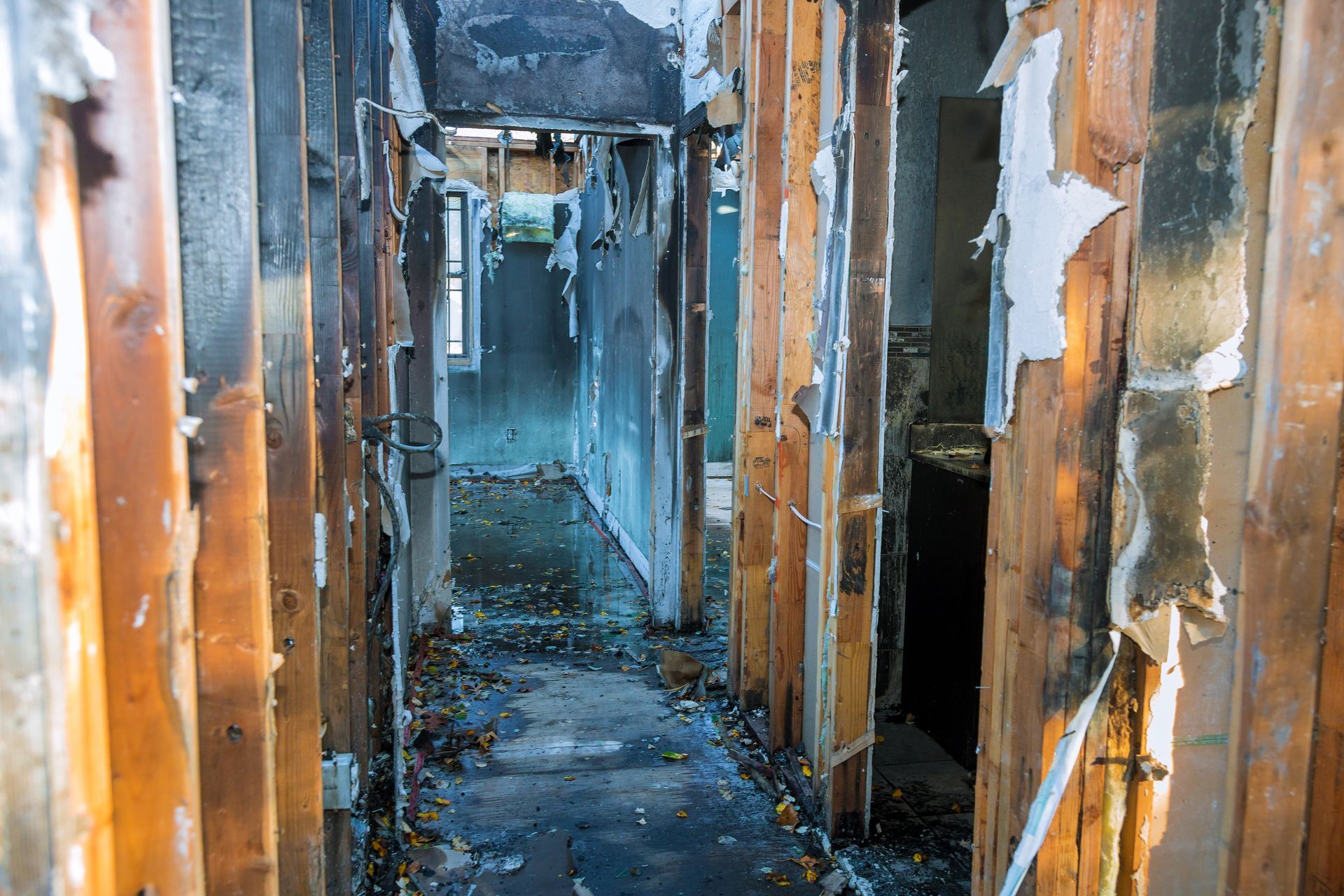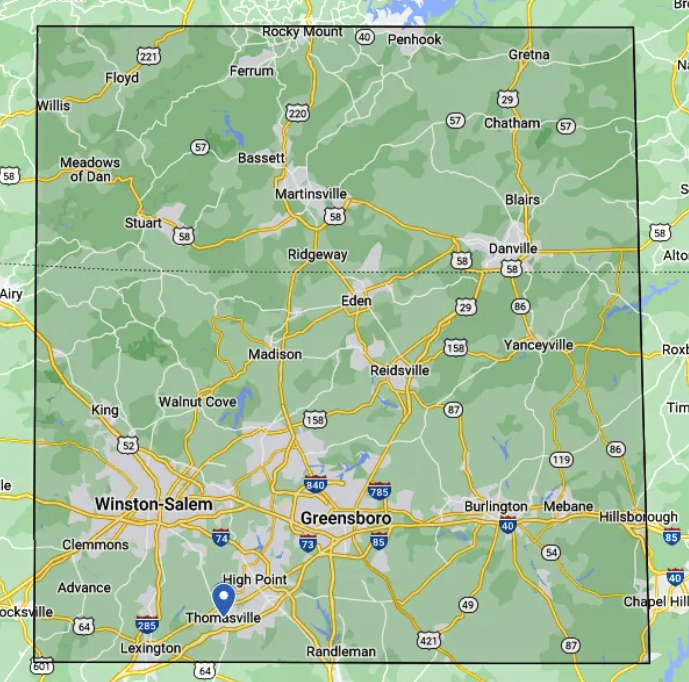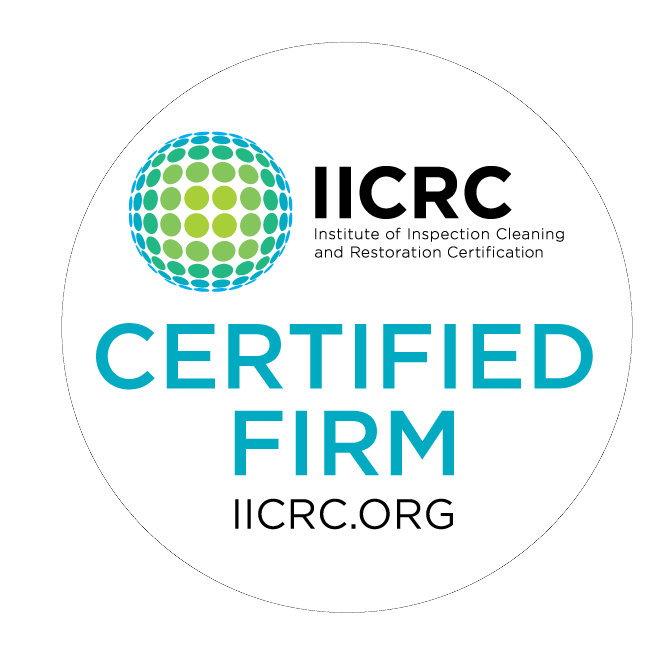What Can Cause House Flooding? 20 Common Causes
House flooding can be caused by various factors, ranging from natural occurrences to human activities.
In this article, we will look at the most common causes of house flooding and what to do in the aftermath of a house flood.
First, here are the 20 most common causes of house flooding:
- Heavy Rainfall: Intense and prolonged rainfall can saturate the ground, overwhelming the soil's ability to absorb water. When the ground becomes saturated, excess water can accumulate around the house's foundation, potentially leading to basement flooding or seepage into lower levels.
- Poor Drainage: Inadequate drainage systems can result in water pooling around the foundation, especially if gutters and downspouts are clogged or improperly positioned. This can create hydrostatic pressure against the foundation walls, causing water infiltration and basement flooding.
- Flash Flooding: Flash floods occur when heavy rainfall or rapid snowmelt causes water bodies such as rivers and creeks to rise rapidly and overflow their banks. This sudden surge of water can inundate homes located in flood-prone areas.
- Sewer Backup: Municipal sewer systems can become overloaded during heavy rainfall, causing sewage to back up into homes through floor drains, toilets, and sinks. This leads to flooding and poses health risks due to sewage contamination.
- Storm Surges: Coastal areas are susceptible to storm surges, which are elevated sea levels caused by strong winds and low atmospheric pressure during hurricanes or severe storms. Storm surges can lead to saltwater flooding in homes situated near shorelines.
- Broken Water Lines: Pipes can burst due to freezing temperatures, corrosion, or high water pressure. Burst pipes release a large volume of water into the home, potentially causing significant house flooding, especially if the leak occurs in an inaccessible area.
- Leaking Roofs: Roof leaks often result from damaged shingles, flashing, or improper installation. Rainwater can seep through these openings and drip into the attic, ceilings, and walls, leading to gradual water damage and mold growth.
- Melting Snow: As snow accumulates on rooftops and landscapes during winter, warmer temperatures can cause rapid snowmelt. If the meltwater cannot drain effectively, it may seep into basements or crawl spaces, causing house flooding.
- Foundation Cracks: Over time, foundations can develop cracks due to soil settlement, freeze-thaw cycles, or structural shifts. These cracks can provide pathways for groundwater to infiltrate and flood basements or lower levels.
- Clogged Drains: Blocked floor, bathtub, or kitchen sink drains can prevent water from flowing out properly. This can lead to localized flooding in bathrooms, basements, or kitchens.
- Landscaping Issues: Incorrect grading around the house can cause water to flow toward the foundation instead of away from it. This can result in water accumulation near the foundation, increasing the risk of flooding and water infiltration.
- Ice Dams: In regions with cold climates, ice dams can form on roofs. These dams prevent melted snow from draining off the roof, causing water to pool and potentially seep into the attic, leading to water damage and mold growth.
- Lack of Maintenance: Neglecting routine maintenance tasks such as cleaning gutters, downspouts, and drainage systems can lead to blockages that prevent water from properly draining away from the house, increasing the likelihood of flooding.
- Damaged Window Seals: Poorly sealed windows allow rainwater to enter the house. Over time, this can lead to water damage, including rotting wood frames, peeling paint, and potentially indoor flooding.
- Appliance Malfunctions: Malfunctioning appliances such as washing machines, dishwashers, and water heaters can leak water. These leaks can range from slow drips to sudden gushes, causing flooding in laundry rooms, kitchens, or utility areas.
- Natural Springs: Homes located near natural springs or areas with high water tables are more susceptible to flooding during heavy rainfall. The excess water from these sources can seep into basements or lower levels, leading to flooding.
- Soil Saturation: Prolonged periods of rain or snowmelt can oversaturate the soil. When the soil cannot absorb more water, the excess can flow toward the foundation and infiltrate the house, causing basement flooding.
- Septic System Issues: A malfunctioning septic system can lead to sewage backup in the house. This causes flooding and poses health risks due to contamination from wastewater and sewage.
- Construction Flaws: Poor construction practices, such as inadequate waterproofing measures or improper grading, can allow water to infiltrate basements or lower levels, resulting in flooding and water damage.
- Urban Development:
Increased urbanization often leads to more impermeable surfaces like concrete and asphalt. These surfaces prevent natural water absorption, leading to greater runoff during heavy rain and contributing to flooding in low-lying areas.
It's important to take preventive measures, such as regular maintenance, proper landscaping, and installing appropriate drainage systems, to reduce the risk of house flooding from these common causes.
Your Home Has Experienced Flooding. Now What?
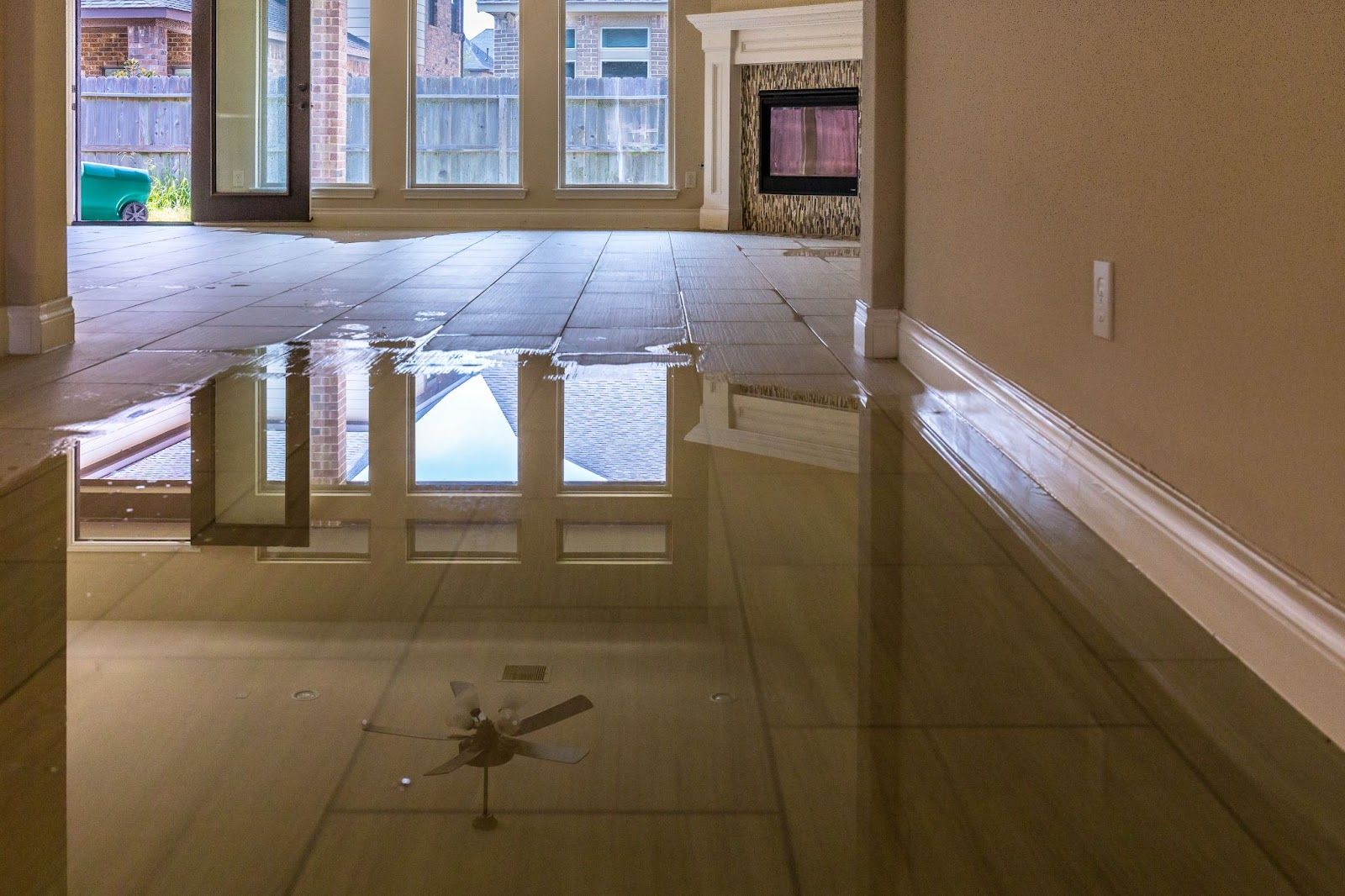
No matter what the cause is for your house being flooded, there are some critical steps to take in the aftermath to get your home back to its non-flooded condition.
Let's take a closer look at those steps:
- Ensure Safety: Prioritize safety for yourself and your family. If the floodwater is still present, avoid walking through it to prevent accidents and exposure to contaminants.
- Contact Authorities: If the flooding is severe or poses an immediate danger, contact local emergency services or relevant authorities to ensure your safety and that of your neighbors.
- Document the Damage: Before you begin any cleanup or recovery efforts, take photographs and videos of the house flood damage for insurance claims and documentation purposes.
- Contact Insurance Company: Notify your insurance company about the house flood as soon as possible. Begin the claims process by providing all necessary information and documentation.
- Turn Off Utilities: Shut off electricity, gas, and water supplies to prevent electrical hazards, gas leaks, or further water damage. If you're unsure how to do this, contact professionals for assistance.
- Ventilation: Open doors and windows to start the drying process. Use fans and dehumidifiers to aid in air circulation and moisture removal.
- Remove Water: If the water level has receded, remove standing water using pumps, wet/dry vacuums, and buckets. Ensure proper disposal of the water.
- Dispose of Contaminated Items: Discard items that cannot be salvaged, especially those that have been in contact with sewage or contaminated floodwater. This includes mattresses, upholstered furniture, and heavily damaged electronics.
- Clean and Disinfect: Thoroughly clean and disinfect all surfaces that come into contact with floodwater. Use appropriate cleaning agents to prevent mold growth and bacterial contamination.
- Dry Out the Area: Use dehumidifiers, fans, and natural ventilation to dry out affected areas. Mold can begin to grow within 24-48 hours, so prompt drying is crucial.
- Inspect Structural Damage: Check the structural integrity of your home, including walls, floors, and foundation. If you suspect damage, consult a professional inspector or structural engineer.
- Address Mold Prevention:
Mold can be a significant issue after flooding. If you notice mold growth, contact professionals for proper remediation. To prevent mold, ensure thorough drying and proper ventilation.
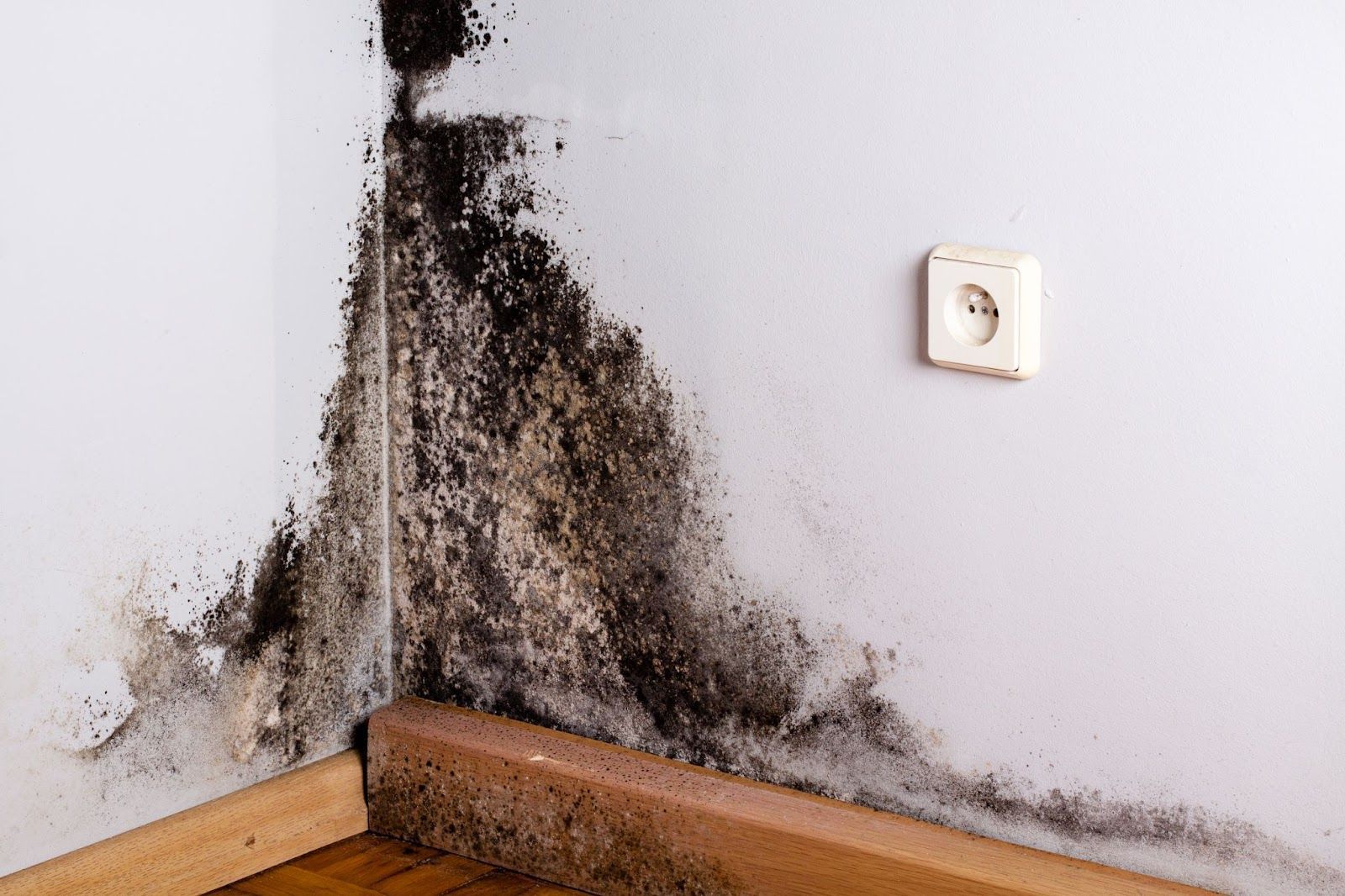
- Consult Professionals: If the damage is extensive or involves hazardous materials, such as asbestos, contact professionals like water damage restoration companies, electricians, plumbers, and contractors to assess and repair the damage.
- Secure Personal Documents: Retrieve important documents like identification, insurance policies, and personal records that the flooding might have affected. Store them in a safe, dry place.
- Keep Detailed Records: Maintain a record of all expenses related to flood recovery, including receipts for cleaning supplies, repairs, and temporary accommodations. This will be valuable for insurance claims and potential tax deductions.
- Work with Adjusters: Cooperate with insurance adjusters during their assessment of the damage. Provide all necessary documentation and information to ensure a smooth claims process.
- Consider Safety Upgrades: As you repair and rebuild, consider implementing flood-resistant measures such as elevating utilities, waterproofing basements, and installing backflow prevention devices.
- Stay Informed: Stay updated on local advisories, weather forecasts, and potential flooding risks. Implement preventive measures to reduce the chances of future flooding.
- Emotional Support: Experiencing a flood can be emotionally distressing. Seek emotional support from friends, family, or counseling services if needed.
- Plan for Future Floods: Develop a flood emergency plan for your family, including evacuation routes and essential contacts. Consider purchasing flood insurance if you don't have it already.
Remember that recovering from a house flood takes time and effort. Prioritize safety, and don't hesitate to seek professional assistance when needed to ensure a successful recovery process.
If your home has water damage, it may be time to hire a professional. And here's why:
Hiring a professional to handle damage caused by a flood is essential for several compelling reasons. Firstly, professionals possess the expertise and experience to accurately assess the extent of the damage, identify potential hidden issues, and develop an effective restoration plan. Their knowledge ensures that no underlying problems are overlooked, preventing future complications.
Additionally, professionals are well-versed in handling insurance claims, assisting you in navigating the often complex and time-consuming process. Their guidance ensures that you receive fair compensation for the damage incurred. Hiring professionals saves you valuable time and effort, as they efficiently manage all aspects of the restoration process, from initial assessment to final repairs.
Pro-Care Restoration Can Help!
If your home has been damaged by leaking pipes, faulty appliances, storms, or anything else,
contact the experts at ProCare Restoration online or at
336-203-9506. We are fully licensed and IIRC certified. We can handle commercial and residential water damage and offer fire restoration services. We offer 24/7 services, so call as soon as you notice any symptoms of water damage in your home.
Serving North Carolina
& Southern Virginia
Eden, NC
Madison, NC
Yanceyville, NC
Reidsville, NC
Walnut Cove, NC
King, NC
Winston-Salem, NC
Greensboro, NC
Burlington, NC
Mebane, NC
Hillsborough, NC
Clemmons, NC
Advance, NC
High Point, NC
Thomasville, NC
Lexington, NC
Randleman, NC
Rocky Mount, VA
Penhook, VA
Floyd, VA
Ferrum, VA
Gretna, VA
Willis, VA
Chatham, VA
Meadows of Dan, VA
Bassett, VA
Martinsville, VA
Blairs, VA
Stuart, VA
Ridgeway, VA
Danville, VA



